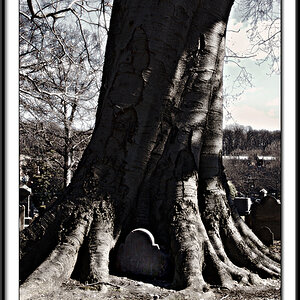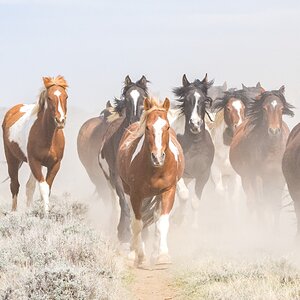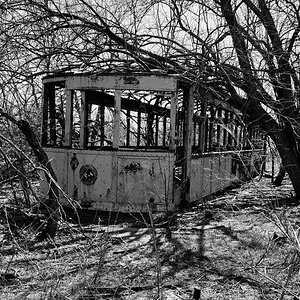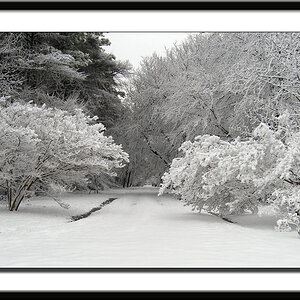Cfitz
TPF Noob!
- Joined
- Feb 22, 2011
- Messages
- 80
- Reaction score
- 5
- Location
- Ireland
- Can others edit my Photos
- Photos OK to edit
Hey guys. So its gonna be a clear night here so I've decided to do some star trail photos. I've never done anything like this before so I could use some helpful advice, like how long to keep the shutter open? Best aperture settings? How long should I paint light for? etc.
Thanks in advance.
Thanks in advance.



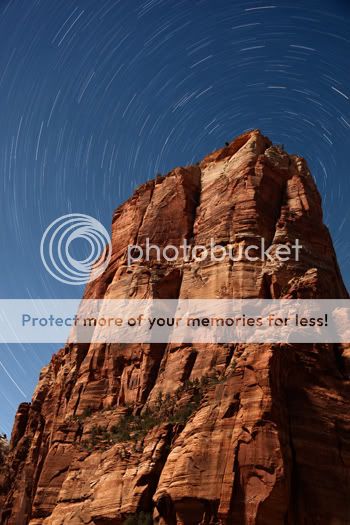
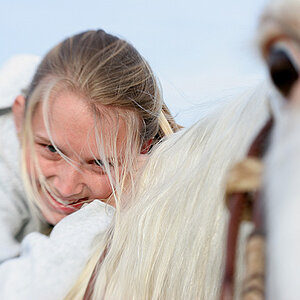
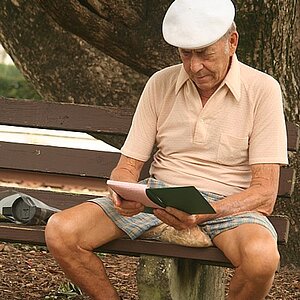
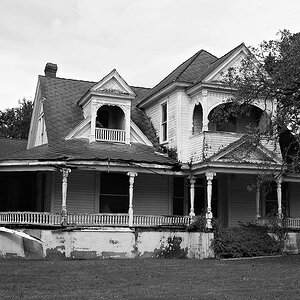
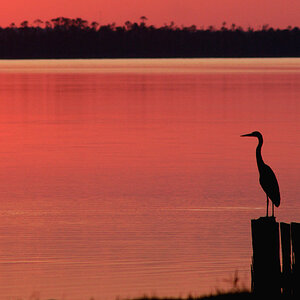
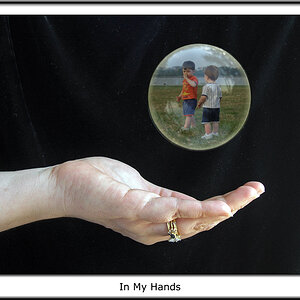

![[No title]](/data/xfmg/thumbnail/38/38740-d1a7721cf77e9309a9b4a4829c65fdd4.jpg?1619738704)
